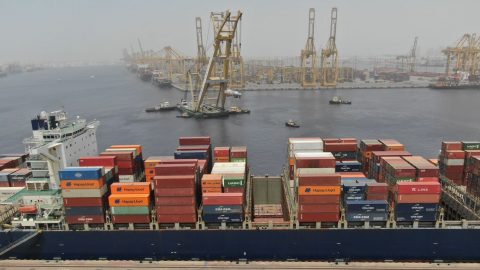
Is there space for project cargo on container ships?
Photo source: CMA CGM
The current market situation has seen a complete reversal of roles between the container shipping segment and the breakbulk and MPP sector. While traditionally container vessels competed for project cargo, nowadays, breakbulk, MPP and even heavy lift vessels are loading containers.
Want to read more?
You have read all of your free premium articles for this month. Please become a subscriber to keep reading.
Subscribe now!
Take advantage of our exclusive offer to get full access to all premium content.




